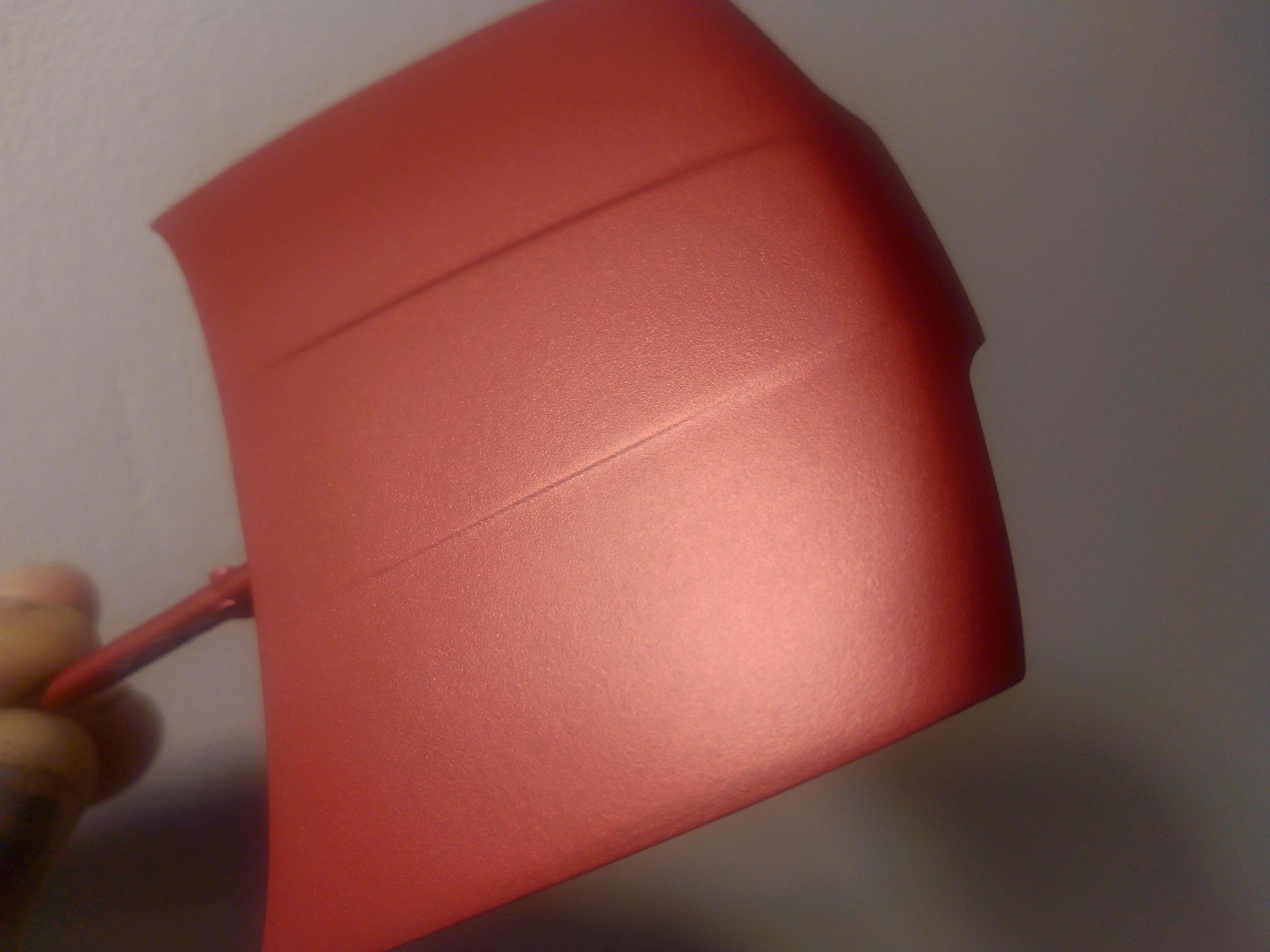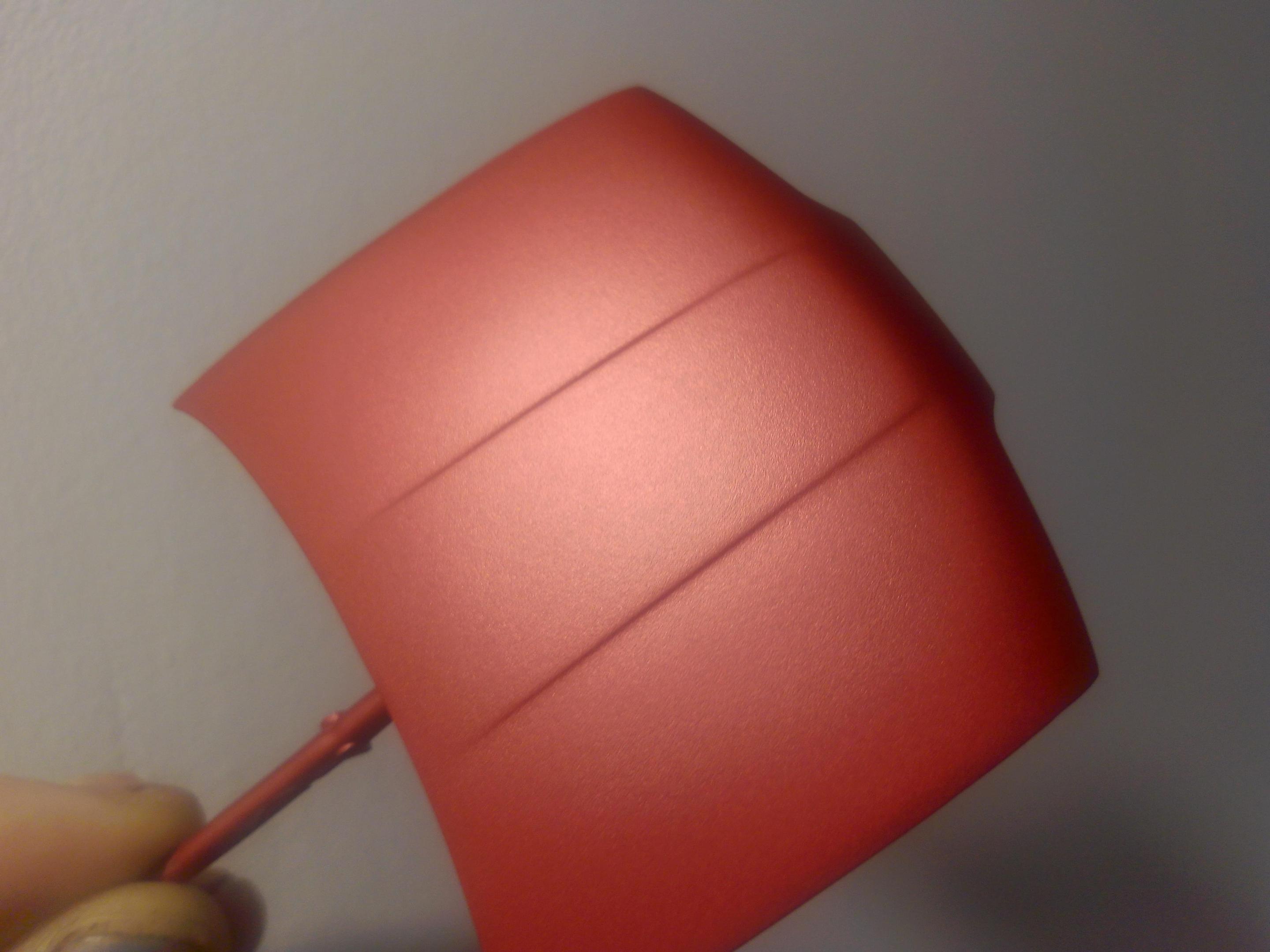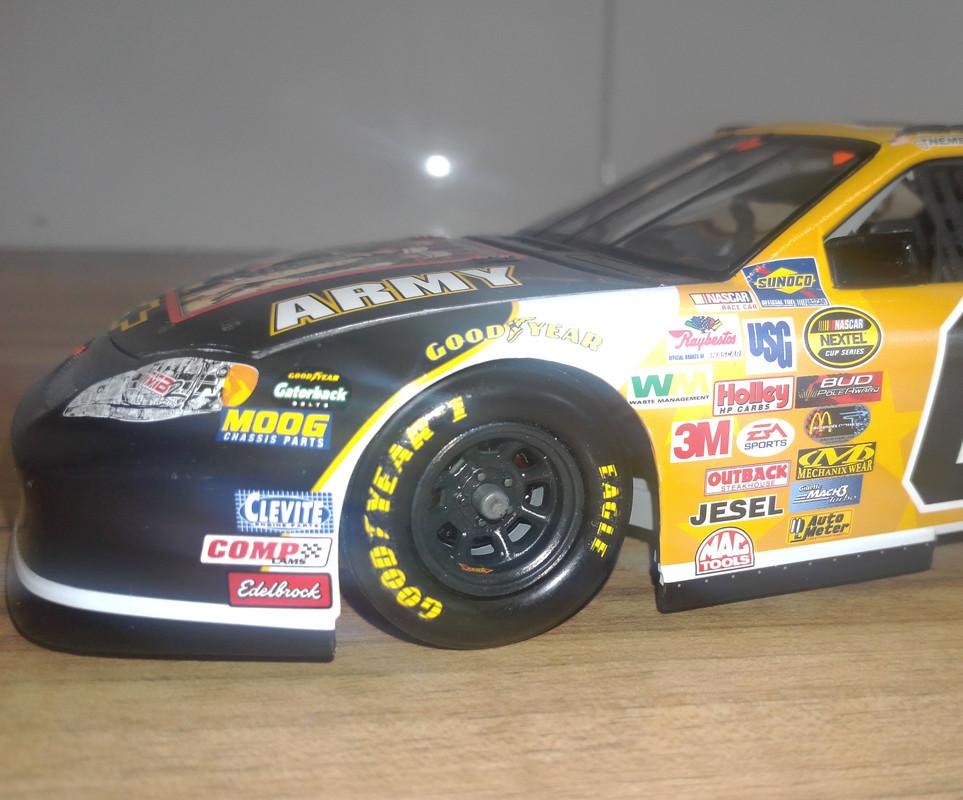-
Posts
74 -
Joined
-
Last visited
Content Type
Profiles
Forums
Events
Gallery
Everything posted by D.Pack
-
.thumb.jpg.1966e158c091369a7ce9b3fc8be6728d.jpg)
Micromesh Vs Alpha Industries.
D.Pack replied to D.Pack's topic in Model Building Questions and Answers
Ok, so if are the same standards then perhaps just my bad luck. My 4th time on TS gloss, just can't seem to work this paint like a regular auto rattle can. That paint (for me) is easy to sand and polish to a good standard. -
The flexible foam backed cloth abrasives from both brands. If any members are using both, are they identical in abrasive/cutting quality? I have some new Alpha cloths 3600 to 8000 and they do seem more coarse than my old MM cloths, which are now so worn it's hard to compare. But my MM sheets when new, I'm certain we're a finer cut 3600-8000 I have a bodyshell that I've been repainting to hide previous scratches and starting again, but no luck, still same results.
-
Will definitely try this for next paint session.👍.
-
Thanks for the replies. When also using auto acrylic primer (here in UK) I don't have this problem. This rattlecan paint is supposedly not as 'hot' as TS primer, so less solvent means no solvent popping? I've just recoated with it. Will see how it levels off.
-
Hi. I need to ask if i'm actually treating Tamiya TS primer correctly. This is the white primer wet sanded, with some orange peel (pin holes) that's only visible after sanding. Should I just not sand the primer and retain it's uniform all over semi- matt finish? It had just slight uniform orange peel, nothing like the divots you can see in the close up of the now sanded surface.
-
.thumb.jpg.1966e158c091369a7ce9b3fc8be6728d.jpg)
What exactly is lacquer paint?
D.Pack replied to D.Pack's topic in Model Building Questions and Answers
Acrylic enamel. Here is a post from FSM magazine, 2010. The writer was in the paints industry and writes of 'ad wonks' and their word misuse to make a sale. Which sounds about right. For myself and rattlecans, if Tamiya lacquer means a hot cellulose, then currently that's all I need. And interesting to see above the acrylic lacquer as 'no such animal'. SMS paints from Australia are labelled as this. -
.thumb.jpg.1966e158c091369a7ce9b3fc8be6728d.jpg)
What exactly is lacquer paint?
D.Pack replied to D.Pack's topic in Model Building Questions and Answers
peteski. Thanks for your reply and links. Wikipedia, I should have guessed that myself when searching. And it is complicated for sure, the various meanings of enamel for example. It even refers to enamel nitrocellulose, which I would never have guessed. And your colloquial terms makes things clearer for me over here. My reason for posting was to know if Tamiya TS sprays are 'hot' and comparable to a UK cellulose paint, which it is. My paint supplier also sells cellulose custom aerosols. Am wanting to try a can of it, see if the finish is perhaps finer, (like Tamiya) and show more detail than with using their normal auto acrylic cans. Thanks again?. -
First to say, I am a Brit. And over here, lacquer, it means clearcoat only. For using on cars, furniture, that fence at the end of your garden. What is lacquer paint in the USA? Is it one of the oldest auto paint types, like cellulose paint?Or is it actually named nitrocellulose? In UK, (nitro?)cellulose was the only paint type in rattlecans until 30 years ago, before acrylic. And this photo, a UK shop. Just for more confusion!
-
More primer, not so cheap. £10-11 for 500ml. Colour Forge, a great smooth finish primer for the war figure painters. As good as Tamiya. And 25 colours to choose from. Am using here a pale grey and an off white. And this dark blue I plan for a black colour. A Also Autotek for £7. From the Boyes stores in mostly the North East. They have a great hobby department. Vallejo, Citadel the above Colour Forge and Humbrol paints and various tools.
-
.thumb.jpg.1966e158c091369a7ce9b3fc8be6728d.jpg)
Feather paint edge repairs.
D.Pack replied to D.Pack's topic in Model Building Questions and Answers
So, I sanded all over and a good thing too, as primer was still with orange peel, so went down to 4000. And surprised at how easy the TS green rubbed off using 1200 Euro and how tough the TS primer is. From here i'll paint my black option. -
.thumb.jpg.1966e158c091369a7ce9b3fc8be6728d.jpg)
Feather paint edge repairs.
D.Pack replied to D.Pack's topic in Model Building Questions and Answers
Thanks to reply. The green, it does have orange peel. So I'll sand that out and more, fade it all over the car then decide if to continue. Another option I have is a black paint finish. -
Hi all. Am making a paint repair on a bodyshell and just need to know if am working correctly and if its worth my time to continue. The first pic shows a broad yellow stripe that I sprayed on the bumpers and door sills. Then masked off to spray with green. After two coats I realized that dark stripe (the yellow) will always be there. A two tone green effect. And I didn't want to flood the shell in TS paint. So am repairing as below. I've sanded through all the colours down to the primer. Thankfully an easy job with these TS sprays. I'm slowly feathering the green edge, fade out that green border. Then plan to spray the green followed by yellow. I'll do edge to edge masking this time. But the green repair. Is this how other members have continued? Should i feather the paint even higher up the bodyshell? I have also a full Micro mesh kit for sanding.
-
Use a mix of Klear* & water to lay the decals? I recently used this mix to lay some Slixx nascar decals.I chose to wash off the oId gritty glue. Started with a 50/50 dilution and in some places under solid colour, used pure Klear. Also need an ammonia/Klear/water solution to remove any residue. *Or it's new alternative name. Pledge for my use.
-
.thumb.jpg.1966e158c091369a7ce9b3fc8be6728d.jpg)
How do you paint glass tint without masks?
D.Pack replied to conchan's topic in Model Building Questions and Answers
Painting just from inside? A black marker pen and brush paint with Revell Aqua. Then use stretched sprue or toothpick to clean the edges along the mould line. -
.thumb.jpg.1966e158c091369a7ce9b3fc8be6728d.jpg)
Clear coat between decal laying.
D.Pack replied to D.Pack's topic in Model Building Questions and Answers
Well, been viewing some Don Yost paint vids and he says no problems with clear over 12000. And my soft paint surface under a strong light, it does have micro scratches/ swirls or whatever they're called, so still enough 'tooth'. -
.thumb.jpg.1966e158c091369a7ce9b3fc8be6728d.jpg)
Acrylic Clear recommendations
D.Pack replied to Holeinthehead2's topic in Model Building Questions and Answers
Drinking of it, must be a Cali thing. Aaaah! Using thinner not water. That's the difference of Tamiya and Revell acrylics. TruColor paints from Arizona are also the same. Need a dedicated solvent thinner. -
Hi all. My bodyshell colour coat, I have polished down to 12000 so I can lay some pinstripe decals. I then want to clear coat them and polish out the clear to 12000 again. The colour coat, at 12000 it will accept the clearcoat, or should be rougher at 6 or 8000? I'll be rattlecanning, so only one pressure setting.
-
.thumb.jpg.1966e158c091369a7ce9b3fc8be6728d.jpg)
Acrylic Clear recommendations
D.Pack replied to Holeinthehead2's topic in Model Building Questions and Answers
Well Tamiya is a solvent acrylic. It's why it's flammable, smells funny needs dedicated thinner and a poison control centre if swallowed. Hellfire. And it might still be banned in California as a cancer risk. Certainly don't see that info on Revell's aqua acrylic. Acrylic doesn't mean water apparently. Water acrylic paint is the most common, so everyone assumes that all acrylics are aqua based. -
.thumb.jpg.1966e158c091369a7ce9b3fc8be6728d.jpg)
Off black paint for scale effect.
D.Pack replied to D.Pack's topic in Model Building Questions and Answers
That is a fantastic build. For me, it being outside really lifts that pure black. I can see several colour tones. That's how I want my black cars to look inside, the variations. But I know that's impossible. My cars, better photos in Randy Ayres Nascar. Also, a website I use. use.https://encycolorpedia.com/ Can find CMYK codes for paints and even design your own. Interesting to see how much primary colour are in some black paints. Humbrol 21 Black is described as a very dark shade of pink/red. -
.thumb.jpg.1966e158c091369a7ce9b3fc8be6728d.jpg)
How do I know what Tamiya paint I have?
D.Pack replied to Milo's topic in Model Building Questions and Answers
An auto paint shop. Most will supply a custom colour for you. About 15 minutes to create a rattlecan. Use their customer swatches, or a paint code from Ford or GM for example. And other standards like RAL,Pantone,British Standard. Just need a code number. Different colours use various size of mica (car manufacturers standards) so from a swatch I picked one with the smallest grain size. None in your town, lots of online suppliers. My recent can. RAL YellowGreen. Same as a Kawasaki Green. -
.thumb.jpg.1966e158c091369a7ce9b3fc8be6728d.jpg)
Off black paint for scale effect.
D.Pack replied to D.Pack's topic in Model Building Questions and Answers
Viewing inside, from several feet away, that's really what am trying to improve on. Right now am seeing them on a shelf and they do look good. After close up photos are taken and viewed, from a distance is generally how we see our builds. I do have two #28 Havoline builds lined up. Graphite Black for the 1990 gold font car and Signal on the later red and yellow font car. For this later car, am interested to see if the red decals pull out only the red of the Signal paint. -
.thumb.jpg.1966e158c091369a7ce9b3fc8be6728d.jpg)
How do I know what Tamiya paint I have?
D.Pack replied to Milo's topic in Model Building Questions and Answers
Are you using rattlecans? Consider a custom filled auto colour and ask for mica sizes used. My mica dark red I just paint today. Matt finish, still to gloss. My shop gave me the smallest mica they have. Their colour swatches showed it very very small compared to their other pearls. And much smaller than an off shelf pearl/metallic I've used. -
.thumb.jpg.1966e158c091369a7ce9b3fc8be6728d.jpg)
Off black paint for scale effect.
D.Pack replied to D.Pack's topic in Model Building Questions and Answers
Bump up my old post. So, off blacks. My recently finished NASCAR's using RAL system rattlecans. The Miller car with Graphite Black and the Army with Signal Black. The Millers yellow decals work with the warm tint of the paint. Below, the Signals purple tint against the NATO Black wheel. Very different! The NATO's green tint also. Black cars but in different ways. When buying this paint, I've been using also their CMYK codes. I've still to use a Traffic Black. Another thing is the yellow decals on the Army car, they are a complementary colour to purple. So perhaps that pulls out that tint of the paint. Some CMYK codes. Cyan, Magenta, Yellow and K for black. Graphite: 9,5,0,83 Signal. : 2,2,0,83 Traffic. : 2,2,0,84 -
.thumb.jpg.1966e158c091369a7ce9b3fc8be6728d.jpg)
How to get a good white paint job?
D.Pack replied to Sonorandog's topic in Model Building Questions and Answers
If it's a colour problem, perhaps an off white? For scale effect. My black cars I paint with lighter RAL Signal or Graphite shades. Paint application, for me it's just the same as other colours. Check for peel and polish out.

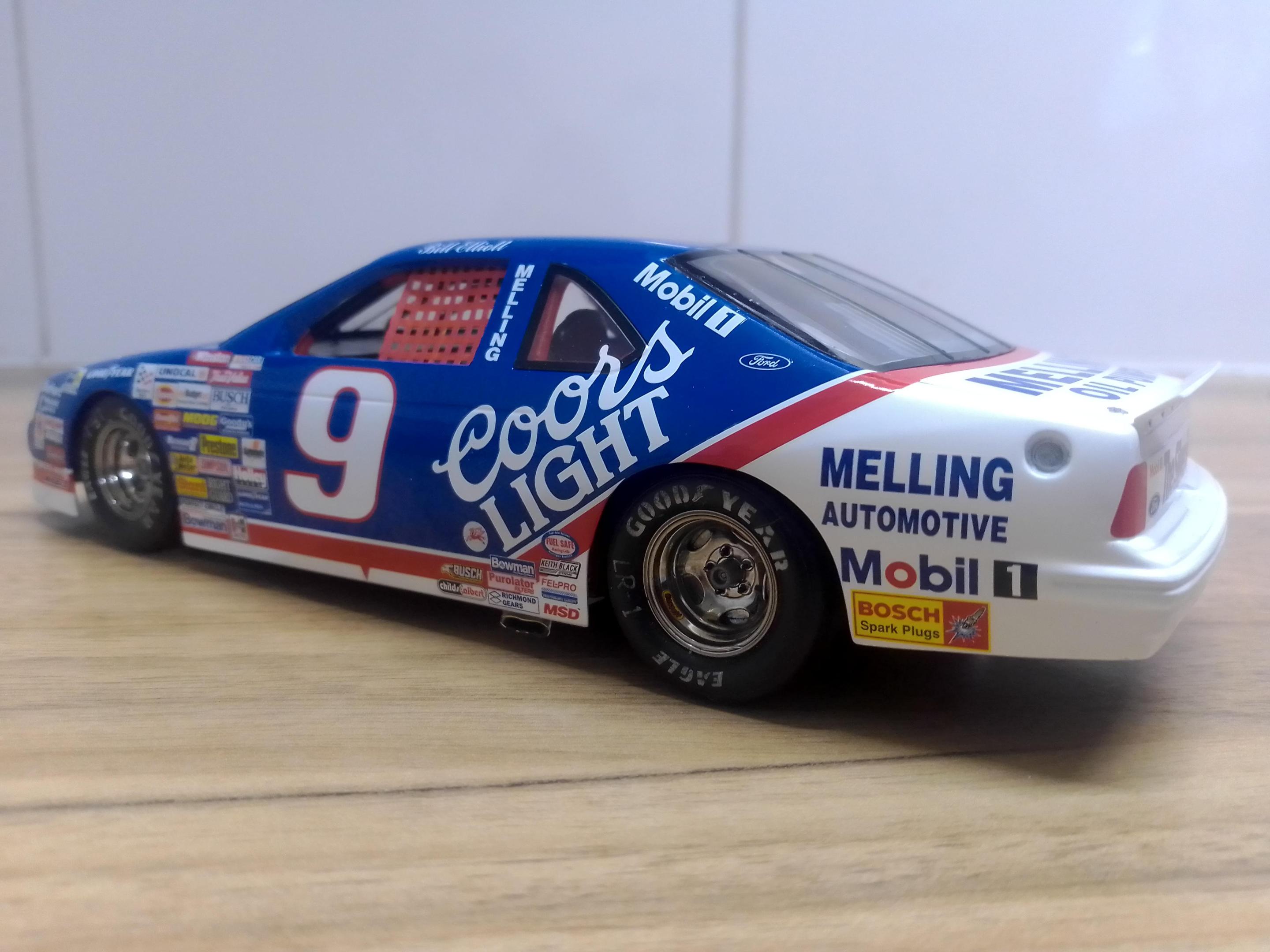

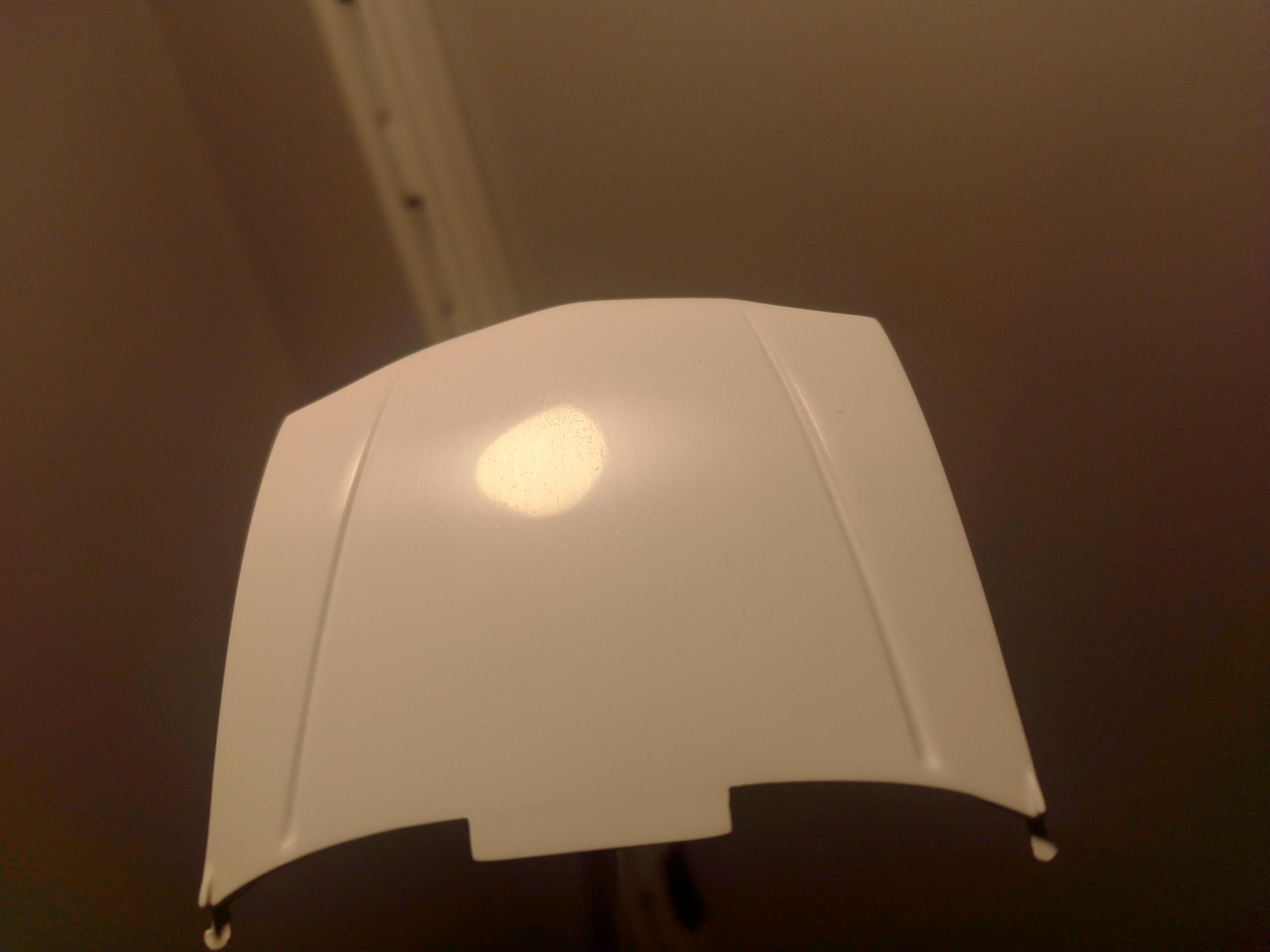

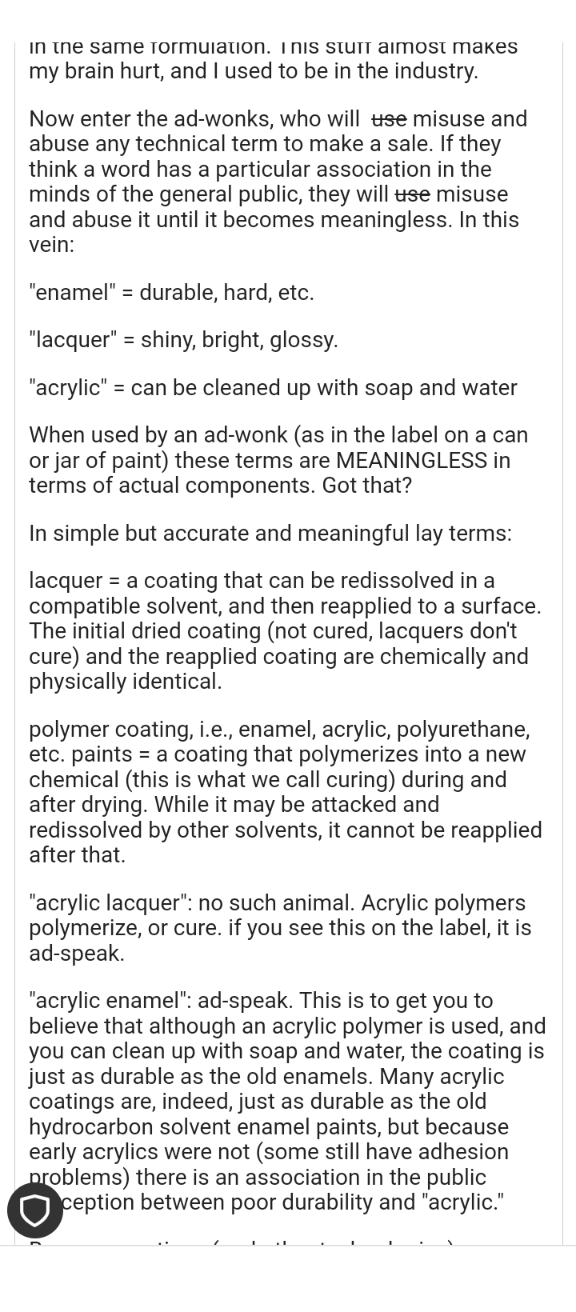
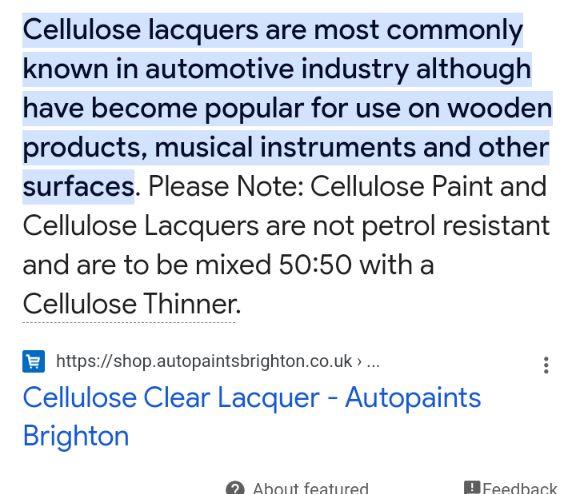
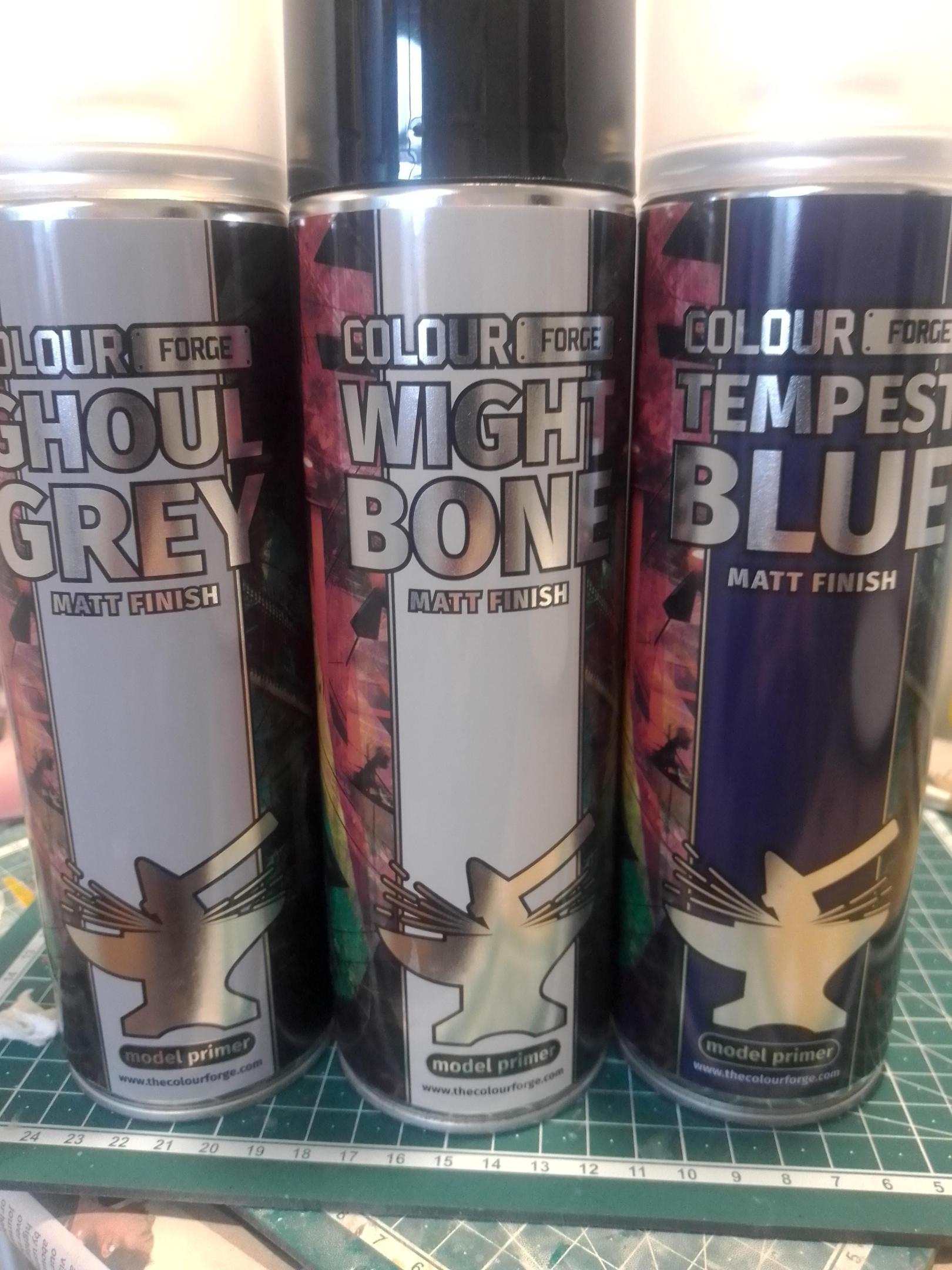
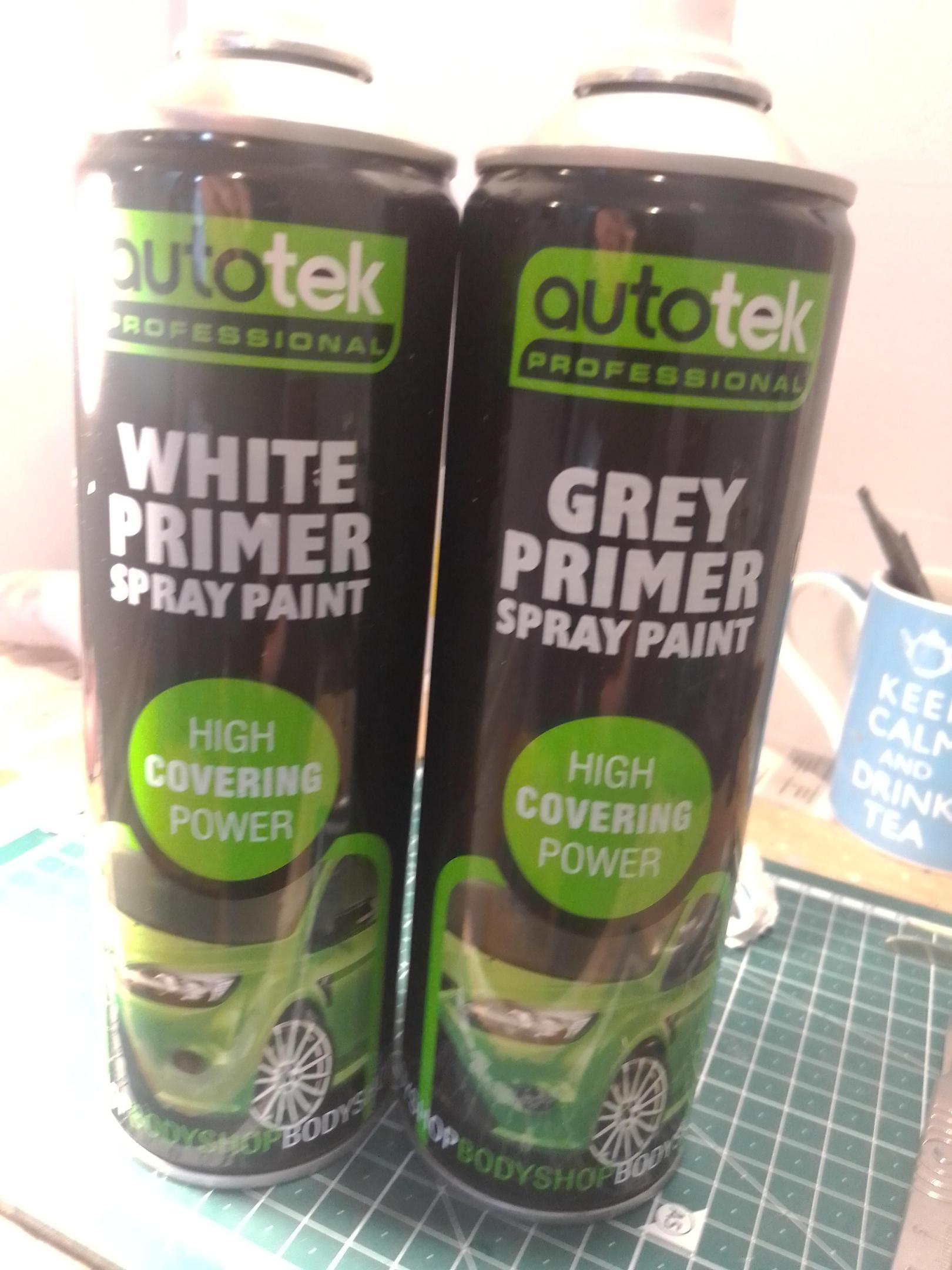
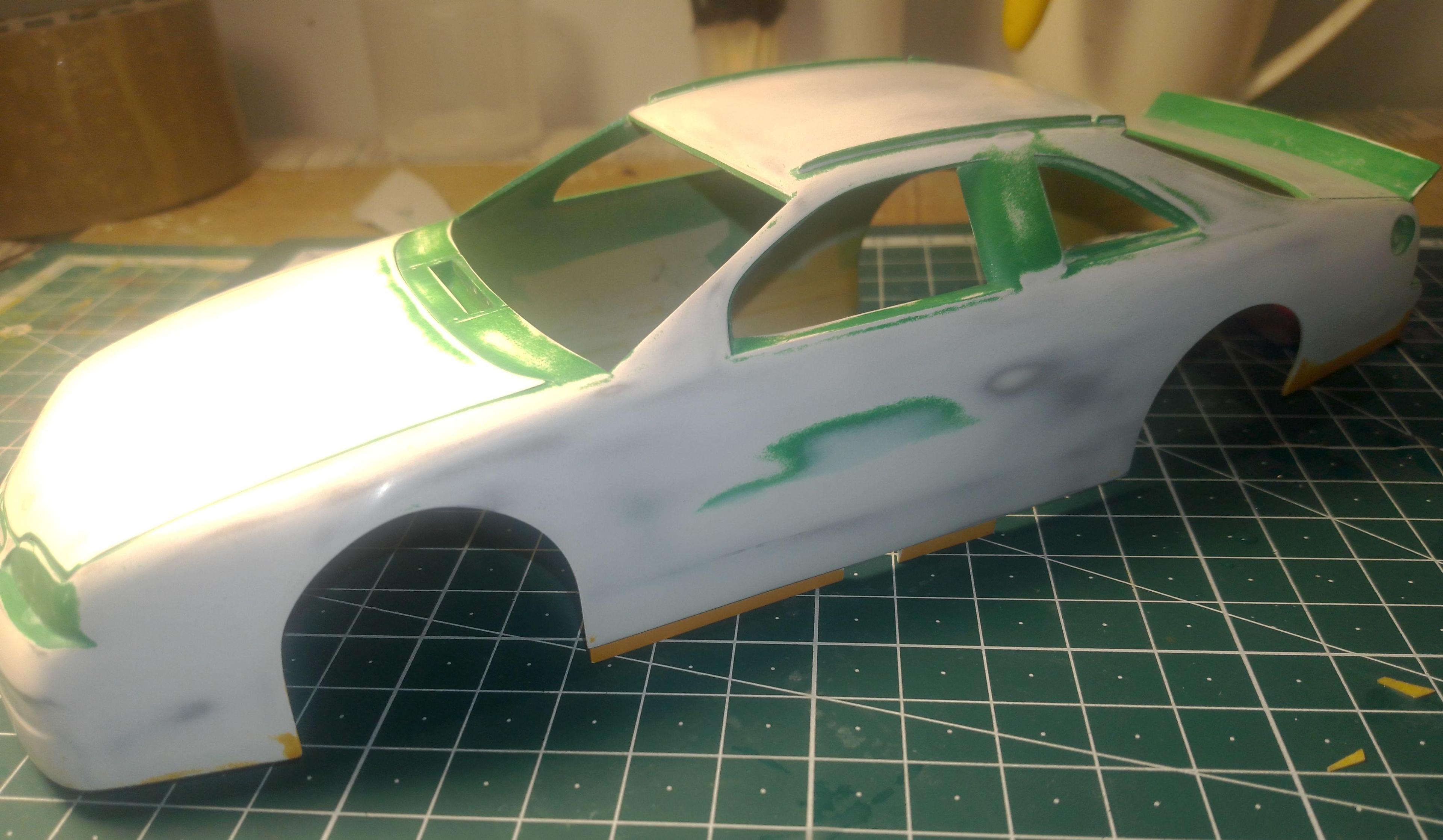
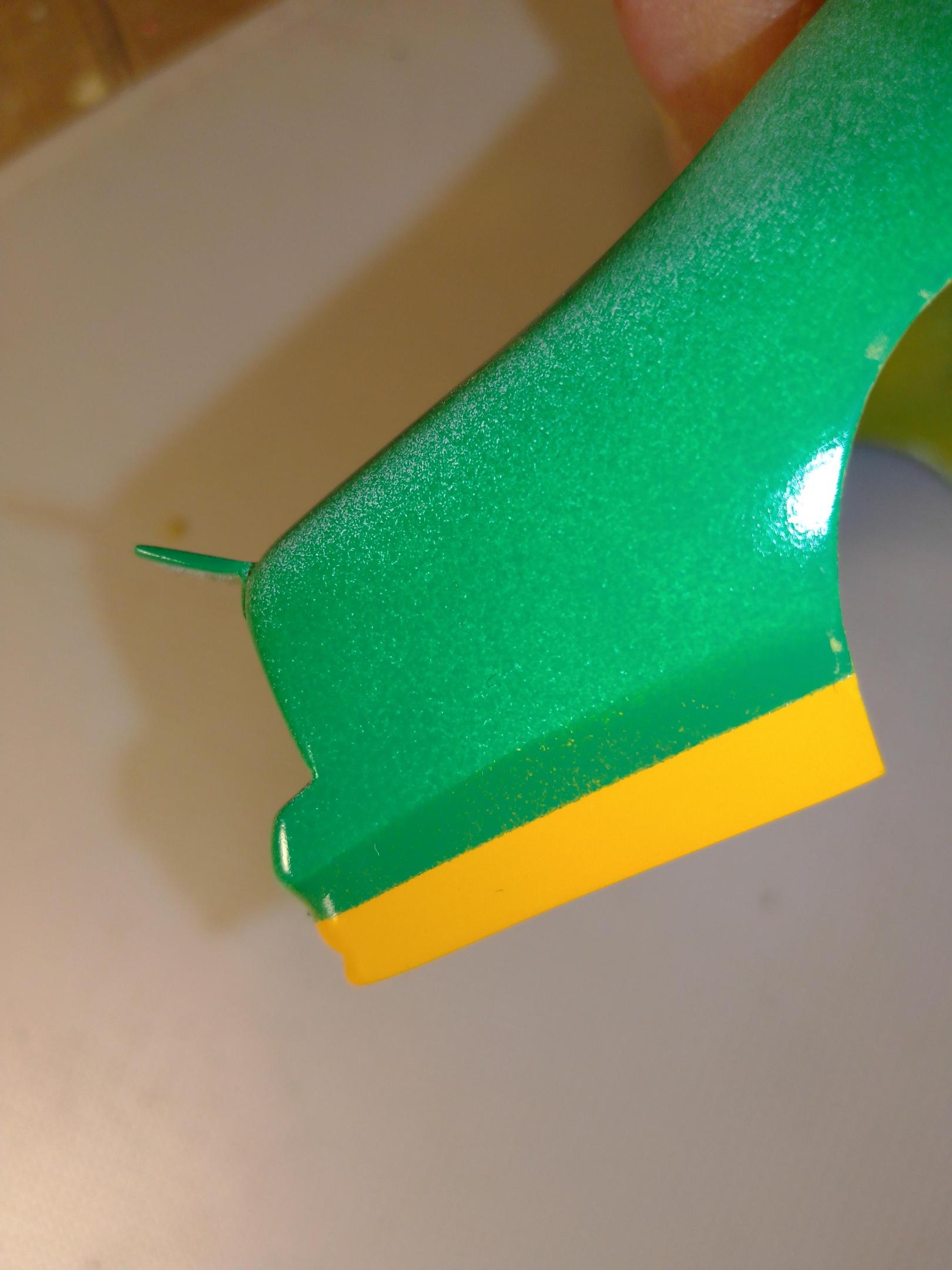
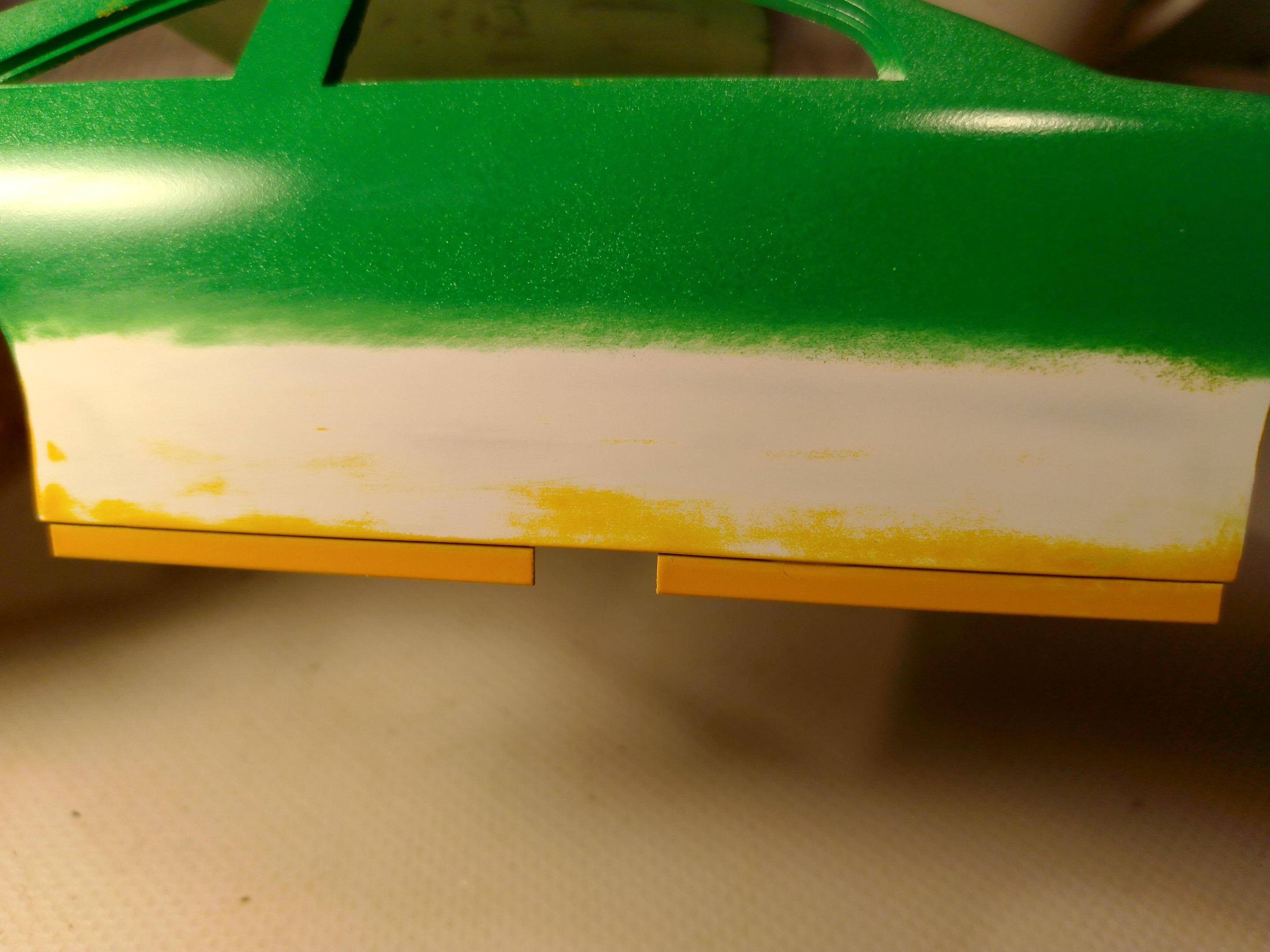
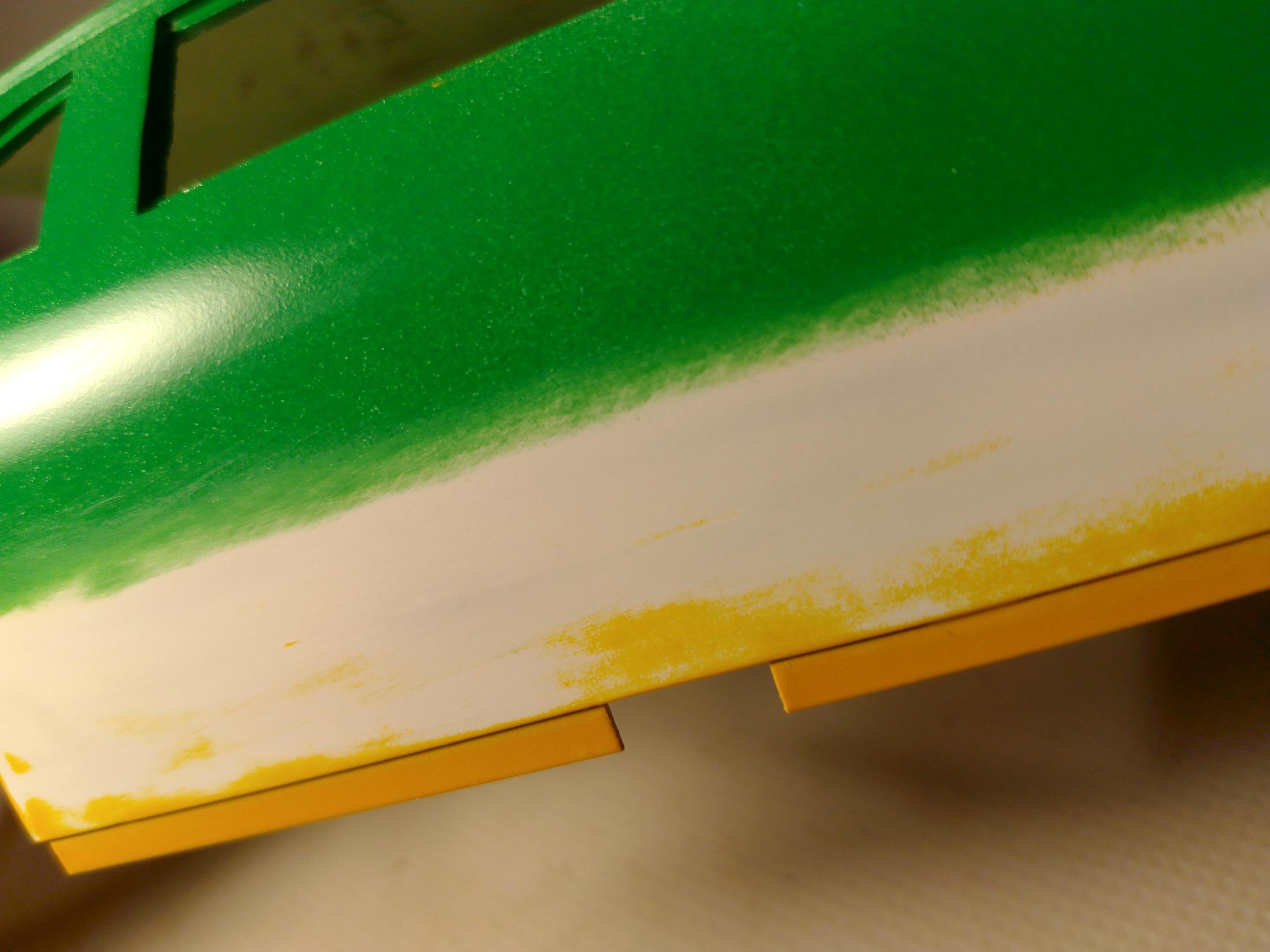

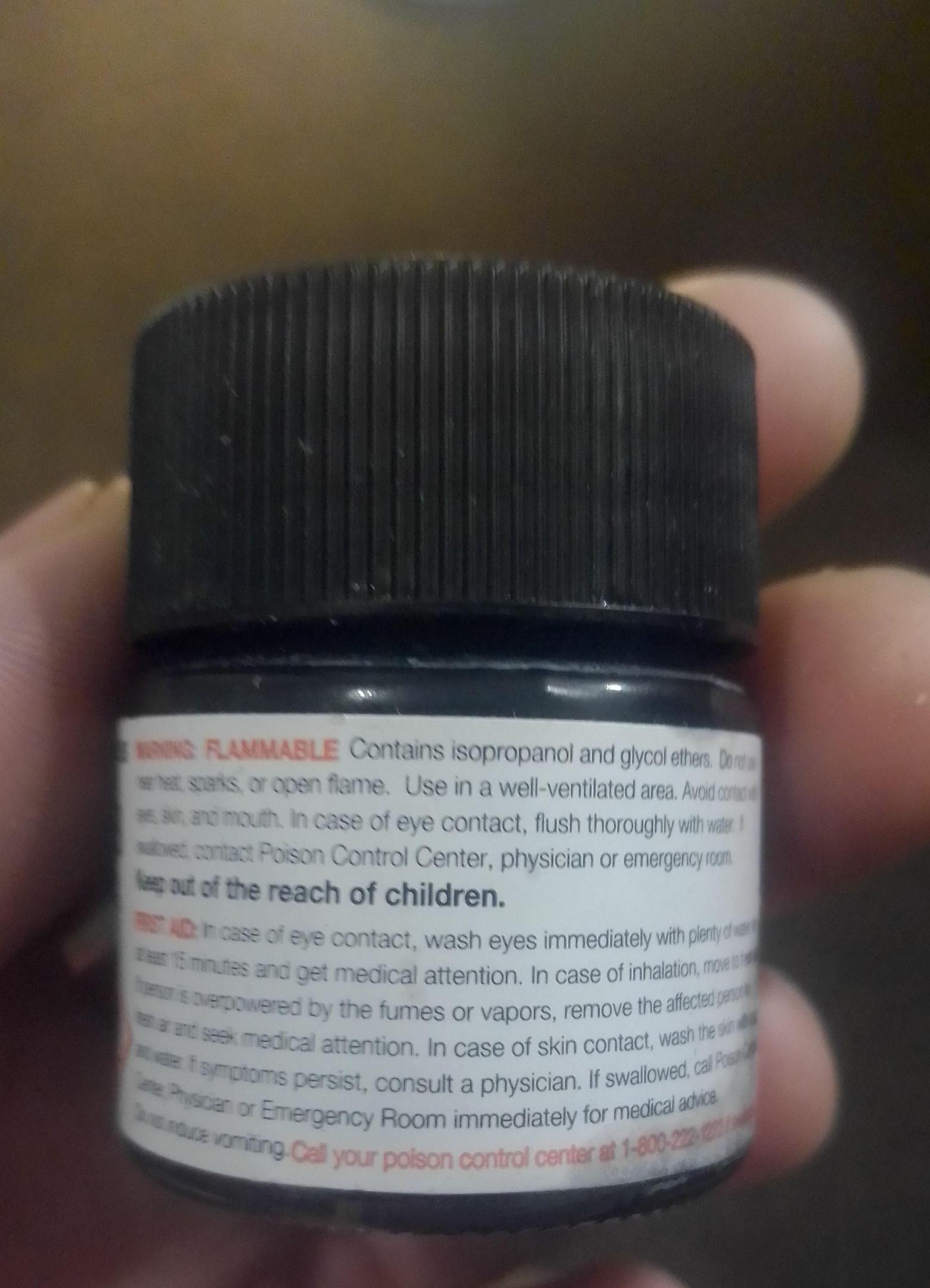
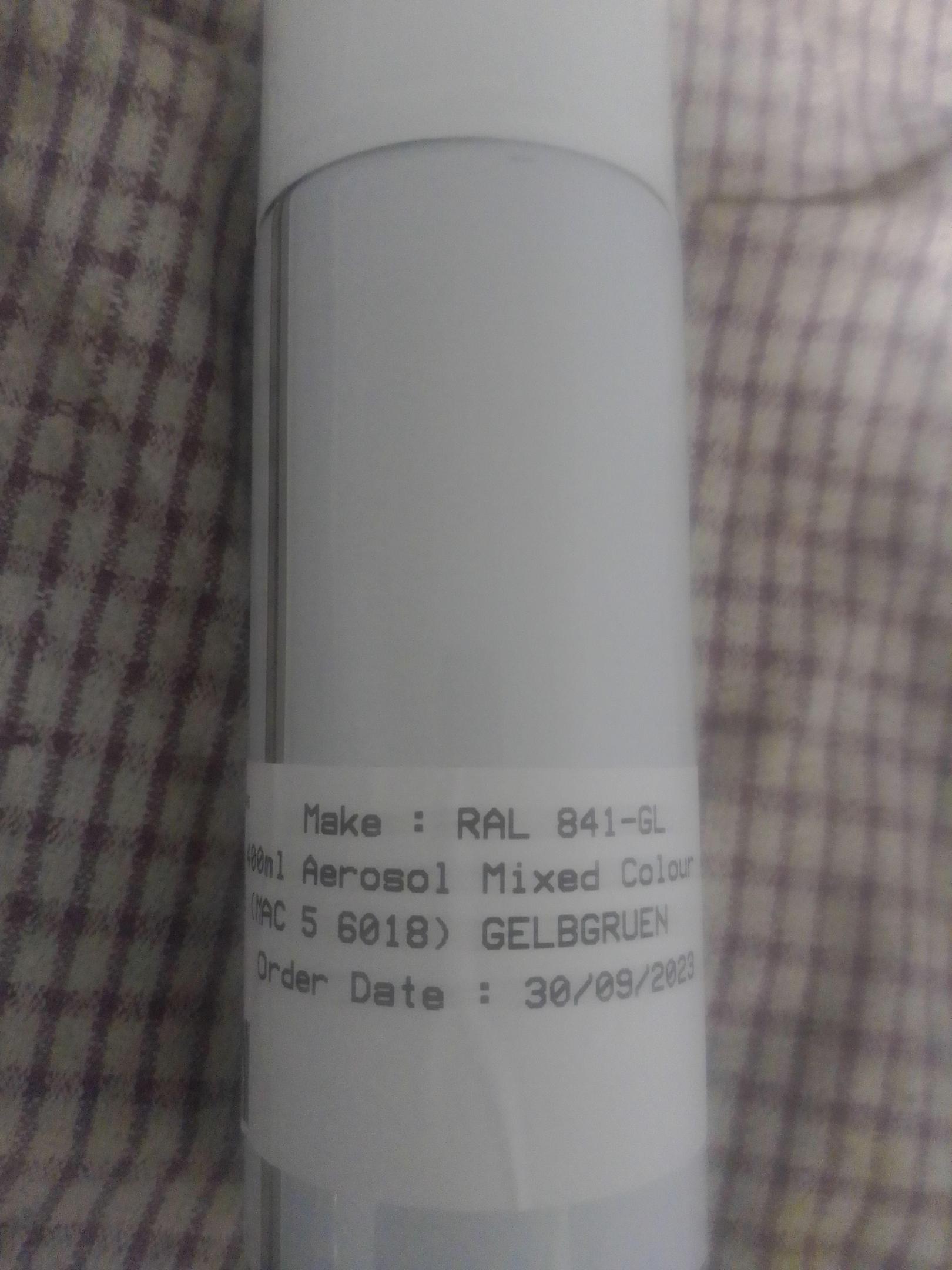
.jpeg.766703e44be9adc0686014b28946900b.jpeg)
.jpeg.c96da4931e385d87c4a5daf431c05cfa.jpeg)
